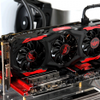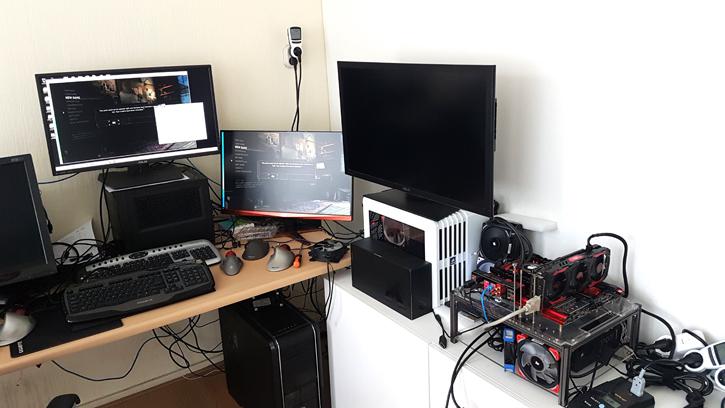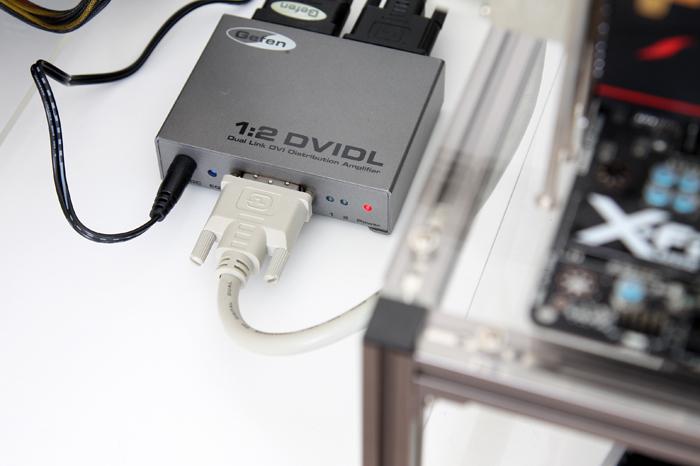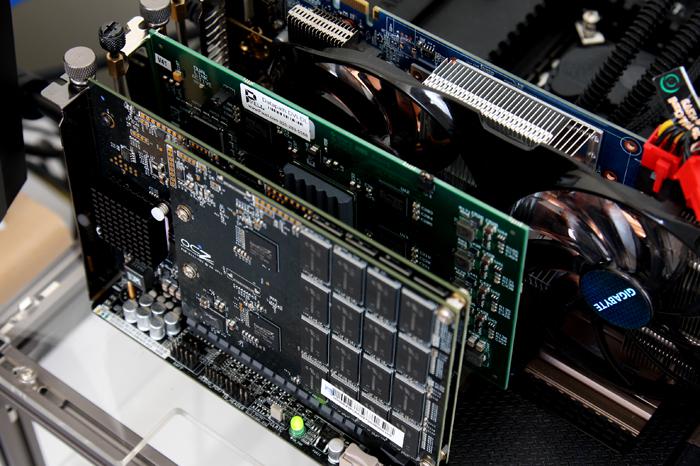Capturing Rendered Frames With A Framegrabber
Capturing Rendered Frames With A Framegrabber
Before we dive into the results with the new hardware, I quickly wanted to show how FCAT works as we want to be open, transparent and clear about our testing procedure. The chapter title says it all really, grabbing content with a framegrabber and analyzing it is the way to go. You guys have all captured video at some point. Well, the concept we apply today is as easy as that. In-between the graphics card's DVI output and the monitor we'll place a hardware based solution frame grabber. That is a PCIe card able to capture each frame coming from the DVI connector. Not a cheap method, as to be able to capture 1920x1080 or 2560x1440 at say 60 FPS/Hz you'll need powerful hardware and the capture card we use is 1,500 EUR alone.
Let's visualize what we need to do:
So with an expensive frame grabber at hand we basically install another PC in-between the graphics card's DVI output and the monitor like so:
To the right, the game rig. DVI output goes to a switch:
Then at the DVI switch we split and clone the signal, one for the Framegrabber PC and one for our monitor.
The DVI signal we just split is now routed towards the 2nd PC, this one has a framegrabber, a capture card.
Once we set this configuration up we can record the data coming from that gaming PC, then analyze and interpret it. The results are pretty interesting as you are about to find out. It's complex though, as recording at a resolution of 2560x1440 @ 60 Hz would drive your storage system mad as you are looking at writing 450 MB each second; that's 450 MB per second of RAW data that is placed in an AVI file container.
Before we continue let me state this, it remains debatable what measurement method is the best, FCAT is merely different, yet we feel is a better solution than FRAPS Frametime measurements. But if you'd rather stick to average framerates then that's still a 100% valid, maybe even better, way of measuring performance. So we are not discounting FRAPS whatsoever. The framegrabber method is merely an interesting way to see weird graphics card behavior like stuttering, visible anomalies that we try to poll and chart. Let's go to the next page where we'll talk a little more in detail and then start up some measurements, keeping in the back of our minds the simple fact that we are looking to measure the game frame rate experience you see on your monitor in the most reliable way.





